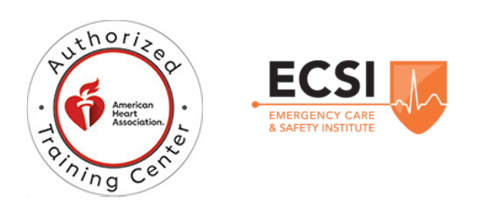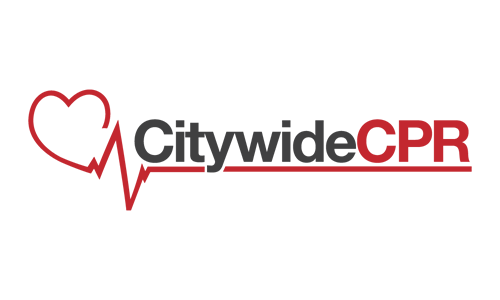Regardless of your gender or your age, having a healthy heart is a must if you want to live a longer life. Unfortunately, for most of us, taking care of our heart can be particularly hard since there are a lot of things that we might have to change when it comes to our daily activities. For one, you have to make sure that you have your exercise regimen down pat if you want to strengthen your heart. Now, this is something that can be quite hard to do especially if you no longer have the time to hit the gym.
Not many people may know it but even a brisk walk can make a big difference when it comes to the health of your heart. That being the case, you can just imagine the advantages of having your own exercise routine. If you are not sure how to go about creating one, you only need to keep in mind three things – cardio, strength training, and stretching. Keep in mind that an exercise routine need not run for hours. If possible, it should only last for 30 minutes and should have rest periods to make sure that you do not overexert your muscles.
Some of the activities that can be considered as part of the cardio exercise routine are running, jogging, brisk walking, and biking. These activities enable you to increase your heart rate without necessarily tiring your heart out. If you have joint problems, you might want to consider instead such activities as swimming and hiking. This kind of exercise is something that you can do everyday. Make sure that you rest every once in a while. While you’re at it, you can do some stretching in order to loosen up your muscles. Make sure that you do this gently and should not hurt. Stretching can be done before you start your exercise routine, during rest periods, and after you have finished everything. This would enable your body to become more flexible.
On the other hand, you have to make sure that you set aside two to three days each week for strength training. You may not know it but engaging in yoga exercises is actually one form of strength training. If that is not something you are into, you can also make use of resistance bands as well as weights. Make sure that you have an alternating schedule for this kind of exercise.
As your body starts to get used to the kind of physical activities that you have, you can either lengthen or shorten your activities and make them more intense or more varied. Make sure that you do this gradually so that your body would be able to adapt properly. In case you experience dizziness or difficulty breathing as well as chest pains, make sure that you pause for a while and take a breather. When you start your exercise regimen, you would most likely feel sore for about a day or two. This is completely normal.
As an additional precaution, it would be best if you would also undergo CPR training. This way, you can provide assistance should someone close to you would ever need help resuscitation.





